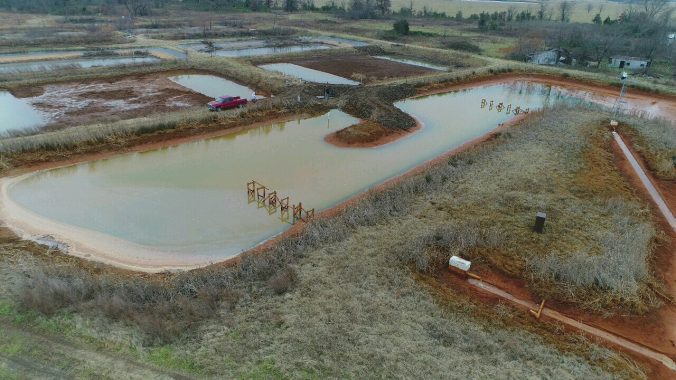Here’s a cool Word Cloud made from the titles of recent CREW research projects: CREW Word Cloud
Environmental science and engineering require a multidisciplinary approach – an ability to draw on knowledge from several disciplines. In my research, we attempt to build on multidisciplinary knowledge but do so in an interdisciplinary manner – analyzing and synthesizing complex environmental data into a coherent whole.
Ecosystem science recognizes the many complex interrelationships between biotic and abiotic components (including humans). Ecosystem restoration requires us to understand not only the ecosystem itself, but the damage that has been caused if we are to repair it in a sustainable manner. Can we take those parts and pieces and build ecosystems to help solve problems? That is the essence of ecological engineering research.
Given our focus on water quality, the watershed is the appropriate level of organization for much of our work. We work in watersheds of all sizes, from small first-order tributaries (sometimes less than a square km) to major river basins (greater than 10,000 square kilometers). Water quality is integrative of watershed processes, so comprehensive understanding of aquatic, wetland and terrestrial interactions is vital to informed decision-making.
Our research is conducted on multiple scales (e.g., laboratory bench-top, microcosm, greenhouse and field) but specific ecosystem- and watershed-scale demonstrations are emphasized with a focus on solving the complex environmental dilemmas resulting from past industrial activities (e.g., abandoned and derelict mines). In general, most research projects focus on two general areas of inquiry:
- Watershed biogeochemistry, including drainage-basin scale evaluations of pollution sources and mass loadings to and in streams and other receiving water bodies, leading to remediation and restoration planning that summarizes and prioritizes impacts for clean-up. Recently, CREW has expanded our on-the-ground monitoring efforts with two small Unmanned Aerial Systems (sUAS) to collect high-resolution, site-specific multispectral data.
- Ecological engineering, especially passive treatment systems (design, construction and evaluation of sustainable ecological systems for treatment of contaminated waters), land reclamation (native plant establishment and phytoremediation of degraded soils and wastes), applied fluvial geomorphology (natural channel design for stream restoration) and waste recycling (beneficial reuse of mining wastes).
Our research has allowed me to work in some of the most interesting places on the planet – if you like the challenge of remediating and restoring drastically disturbed watersheds. I have worked extensively in the Appalachian coal fields (e.g., Pennsylvania, West Virginia, Ohio, Kentucky, Tennessee), Midwestern agricultural watersheds, the Tri-State Lead-Zinc Mining District (Oklahoma, Kansas, Missouri), the Arkoma Basin coal fields (Oklahoma, Arkansas) and the Cerro Rico Ag/Sn/Zn/Pb Mining District (Bolivia). Currently, we are working in the Grand Lake o’ the Cherokees watershed (which includes the Tri-State District) in northeastern Oklahoma and the Lake Thunderbird and Canadian River watersheds in central Oklahoma.
